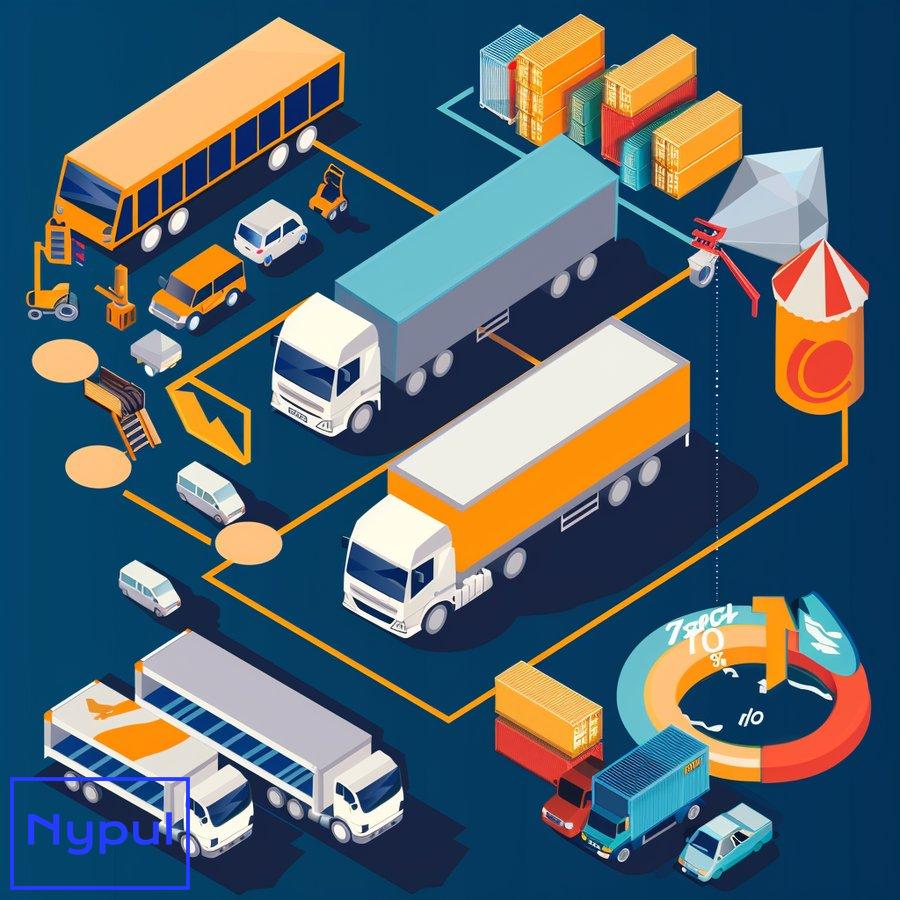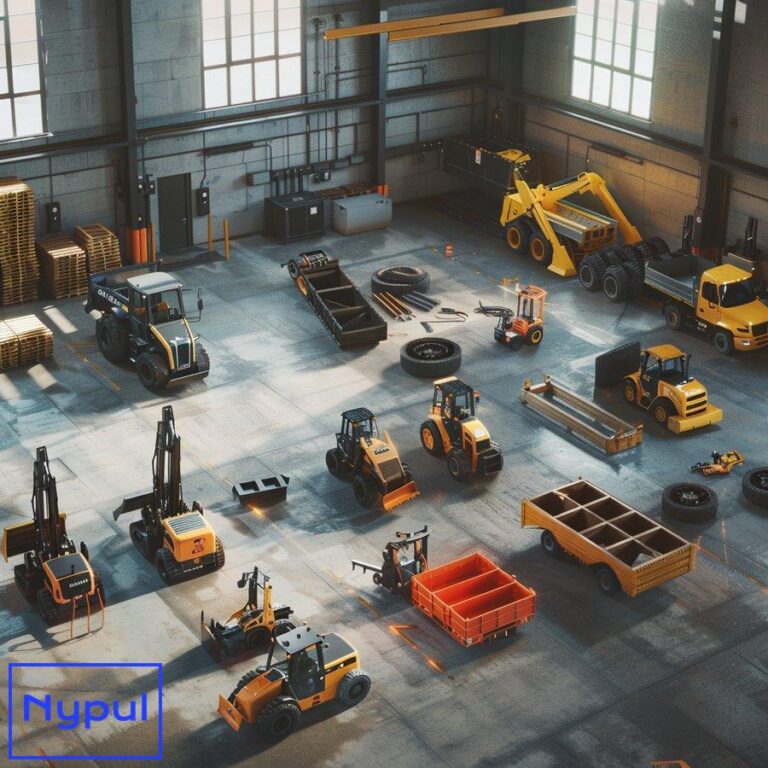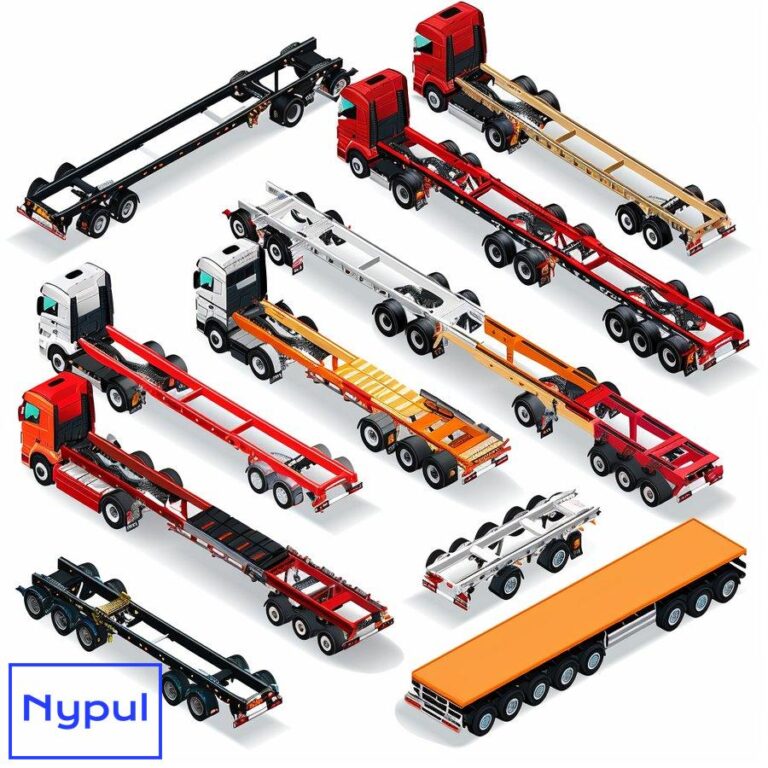What Is the Velocity of the Supply Chain
What is Supply Chain Velocity?
Supply chain velocity refers to the speed at which goods and materials move through the various stages of a company’s supply chain, from raw material procurement to final product delivery to the end customer. It encompasses the time it takes for orders to be processed, inventory to be replenished, and shipments to reach their destinations. A high-velocity supply chain is characterized by reduced lead times, faster order fulfillment, and greater responsiveness to changes in demand.
Improving supply chain velocity is crucial for businesses looking to enhance customer satisfaction, reduce costs, and gain a competitive edge in today’s fast-paced market. By streamlining processes and minimizing delays, companies can deliver products to customers more quickly, increase inventory turnover, and adapt more readily to evolving market conditions.
How Do You Measure Supply Chain Velocity?
Key Metrics for Assessing Supply Chain Velocity
- Order cycle time: The total time from when a customer places an order to when they receive the product
- Lead time: The time between initiating an order and receiving the ordered goods
- Inventory turnover: The number of times a company’s inventory is sold and replaced over a given period
- On-time delivery rate: The percentage of orders delivered to customers by the promised date
- Perfect order rate: The percentage of orders delivered complete, on time, damage-free, and with the correct documentation
Calculating Supply Chain Velocity
Supply chain velocity can be calculated using the following formula:
$$\text{Supply Chain Velocity} = \frac{\text{Total Distance Traveled}}{\text{Total Time Taken}}$$
For example, if a product travels 1,000 miles from the manufacturer to the customer and the entire process takes 10 days, the supply chain velocity would be 100 miles per day.
Why is Supply Chain Velocity Important for Businesses?
Improved Customer Satisfaction
Faster delivery times and reliable order fulfillment are key drivers of customer satisfaction and loyalty. By optimizing supply chain velocity, businesses can meet or exceed customer expectations, leading to repeat business and positive word-of-mouth.
Reduced Costs
High supply chain velocity can help businesses reduce inventory holding costs, minimize the risk of obsolescence or spoilage, and avoid costly stockouts. By maintaining lean inventories and streamlining processes, companies can lower their overall supply chain expenses.

Enhanced Competitiveness
In today’s competitive market, the ability to deliver products quickly and efficiently can be a significant advantage. Businesses with high-velocity supply chains can respond more rapidly to changes in demand, launch new products faster, and capture market share from slower-moving competitors.
Increased Flexibility
Agile supply chains with high velocity are better equipped to adapt to unexpected challenges, such as natural disasters, supplier disruptions, or sudden changes in customer preferences. By maintaining a high pace throughout their operations, companies can quickly adjust their strategies and minimize the impact of disruptions.
What are the Key Components of Supply Chain Velocity?

Efficient Procurement
Streamlined processes for sourcing raw materials and components from suppliers are essential for maintaining high supply chain velocity. This includes effective supplier selection, clear communication of requirements, and efficient order processing.
Optimized Production
Lean manufacturing techniques, such as just-in-time production and continuous improvement, can help companies reduce lead times and increase throughput. Effective production planning, efficient equipment utilization, and minimized downtime are also critical for maintaining high velocity.
Effective Inventory Management
Maintaining the right levels of inventory at each stage of the supply chain is crucial for ensuring high velocity. This requires accurate demand forecasting, efficient replenishment processes, and effective inventory tracking and control.
Streamlined Logistics
Efficient transportation, warehousing, and distribution processes are essential for moving products through the supply chain quickly and reliably. This includes optimized routing, efficient loading and unloading, and effective collaboration with logistics providers.
Responsive Customer Service
Providing fast and accurate order processing, timely delivery updates, and effective problem resolution can help enhance customer satisfaction and loyalty, which are key drivers of supply chain velocity.
How Do External Factors Impact Supply Chain Velocity?
Economic Conditions
Changes in economic conditions, such as fluctuations in demand, currency exchange rates, or trade policies, can significantly impact supply chain velocity. During periods of economic uncertainty or recession, businesses may need to adjust their supply chain strategies to maintain velocity and competitiveness.
Geopolitical Events
Political instability, trade disputes, or conflicts in certain regions can disrupt supply chains and slow down the flow of goods. Companies with global supply chains must closely monitor geopolitical developments and have contingency plans in place to maintain velocity in the face of potential disruptions.
Natural Disasters
Natural disasters, such as hurricanes, earthquakes, or pandemics, can severely impact supply chain velocity by disrupting transportation networks, damaging facilities, or causing labor shortages. Businesses must have robust risk management strategies and business continuity plans to minimize the impact of such events on their supply chain velocity.
Technological Advancements
Emerging technologies, such as artificial intelligence, blockchain, and the Internet of Things, are transforming the way companies manage their supply chains. By leveraging these technologies, businesses can enhance visibility, improve decision-making, and optimize processes to boost supply chain velocity.
What Strategies Can Improve Supply Chain Velocity?
Streamlining Processes
Identifying and eliminating waste, bottlenecks, and inefficiencies throughout the supply chain can significantly improve velocity. This may involve implementing lean manufacturing techniques, optimizing workflows, and automating repetitive tasks.
Enhancing Visibility
Improving visibility across the supply chain, from suppliers to customers, is crucial for identifying and addressing issues that impact velocity. This can be achieved through the use of technologies such as RFID, GPS, and cloud-based platforms that provide real-time data and analytics.
Collaborating with Partners
Effective collaboration with suppliers, logistics providers, and customers can help optimize supply chain velocity by aligning goals, sharing information, and coordinating activities. This may involve joint planning, shared performance metrics, and collaborative problem-solving.
Implementing Agile Methodologies
Adopting agile principles and practices, such as flexible planning, rapid iteration, and continuous improvement, can help companies respond more quickly to changes in demand and market conditions. This can involve breaking down projects into smaller, manageable tasks, empowering cross-functional teams, and regularly reviewing and adjusting strategies.
Diversifying Supply Sources
Maintaining a diverse network of suppliers and manufacturing locations can help mitigate the impact of disruptions on supply chain velocity. By having multiple options for sourcing materials and producing goods, companies can quickly adapt to changes in demand or supply conditions.
How Does Technology Enhance Supply Chain Velocity?
Automation and Robotics
Implementing automated systems and robotic technologies in warehousing, manufacturing, and logistics operations can significantly improve efficiency and reduce lead times. This includes the use of automated storage and retrieval systems, robotic picking and packing, and autonomous vehicles for transportation.

Data Analytics and Artificial Intelligence
Leveraging advanced data analytics and AI-powered tools can help companies make more informed decisions, optimize processes, and anticipate potential disruptions that impact supply chain velocity. This includes predictive analytics for demand forecasting, machine learning for route optimization, and natural language processing for automated document processing.
Internet of Things (IoT) and Sensors
Deploying IoT devices and sensors throughout the supply chain can provide real-time visibility and insights into the movement and condition of goods. This can include tracking devices for shipments, sensors for monitoring environmental conditions in warehouses, and smart tags for inventory management.
Cloud Computing and Collaboration Platforms
Cloud-based platforms and collaboration tools can help companies streamline communication, share information, and coordinate activities across their supply chain. This includes cloud-based transportation management systems, supplier portals, and customer self-service platforms.
Blockchain Technology
Blockchain technology can enhance supply chain velocity by providing a secure, transparent, and decentralized platform for tracking and verifying transactions. This can include the use of smart contracts for automating payments and order processing, as well as the creation of immutable records of shipment data and quality inspections.
What are the Common Challenges in Achieving High Supply Chain Velocity?
Lack of Visibility
Limited visibility into the movement of goods and materials throughout the supply chain can make it difficult to identify and address issues that impact velocity. This can be due to a lack of data integration, poor communication between partners, or outdated tracking systems.
Complexity and Variability
Supply chains are often complex, with multiple suppliers, manufacturing locations, and distribution channels. This complexity, combined with variability in demand, lead times, and transportation conditions, can make it challenging to maintain high velocity.

Capacity Constraints
Limited capacity in terms of manufacturing, warehousing, or transportation can create bottlenecks and slow down the flow of goods through the supply chain. This can be due to factors such as equipment breakdowns, labor shortages, or infrastructure limitations.
Regulatory and Compliance Issues
Navigating the complex web of regulations and compliance requirements, such as customs clearance, product safety standards, and environmental regulations, can add time and complexity to supply chain processes. Failure to comply with these requirements can result in delays, fines, or even legal issues.
Resistance to Change
Implementing strategies and technologies to improve supply chain velocity often requires significant changes to processes, systems, and organizational culture. Resistance to change from employees, suppliers, or customers can slow down the implementation of velocity-enhancing initiatives.
How Can Companies Balance Speed and Accuracy in Their Supply Chains?
Implement Robust Quality Control Measures
Establishing clear quality standards, conducting regular inspections, and implementing statistical process control techniques can help ensure that products meet specifications and minimize the risk of defects or returns. This can involve implementing quality gates at key stages of the production process, conducting supplier audits, and using statistical sampling methods for quality assurance.
Enhance Communication and Collaboration
Effective communication and collaboration between all stakeholders in the supply chain, including suppliers, manufacturers, logistics providers, and customers, can help ensure that everyone is aligned on quality and delivery expectations. This can involve regular meetings, joint problem-solving sessions, and the use of collaboration platforms to share information and coordinate activities.
Leverage Data Analytics and Predictive Modeling
Using advanced data analytics and predictive modeling techniques can help companies anticipate and mitigate potential quality issues before they occur. This can involve analyzing historical data on defects, returns, and customer complaints to identify patterns and root causes, as well as using machine learning algorithms to predict the likelihood of quality issues based on real-time data from the supply chain.
Implement Continuous Improvement Methodologies
Adopting continuous improvement methodologies, such as Six Sigma or Lean Manufacturing, can help companies systematically identify and eliminate waste, variability, and defects throughout their supply chain. This can involve using tools such as process mapping, root cause analysis, and mistake-proofing to continuously refine and optimize processes for quality and velocity.
Maintain Flexibility and Agility
Building flexibility and agility into the supply chain can help companies respond quickly to changes in demand or quality issues without compromising velocity. This can involve maintaining buffer stocks of critical components, implementing postponement strategies to customize products closer to the point of demand, and using modular product designs to facilitate rapid changes.
What Real-World Examples Demonstrate Successful Supply Chain Velocity Optimization?
Apple’s Supply Chain
Apple is known for its highly efficient and responsive supply chain, which enables the company to launch new products quickly and maintain high levels of customer satisfaction. Key strategies that contribute to Apple’s supply chain velocity include:
- Maintaining a lean and flexible manufacturing network with strategic partners
- Leveraging data analytics and predictive modeling to forecast demand and optimize production
- Implementing robust quality control measures and continuous improvement methodologies
- Collaborating closely with logistics providers to ensure timely and reliable delivery of products
Amazon’s Fulfillment Network
Amazon has built a vast fulfillment network that enables the company to deliver products to customers quickly and efficiently. Key elements of Amazon’s supply chain velocity include:
- Automated warehouses with advanced robotics and material handling systems
- Efficient order processing and picking algorithms that minimize travel time and errors
- Extensive transportation network with a mix of owned and contracted logistics providers
- Continuous optimization of routes, schedules, and delivery methods based on real-time data
Zara’s Fast Fashion Model
Zara, the Spanish clothing retailer, has pioneered a fast fashion model that enables the company to quickly respond to changes in consumer preferences and trends. Key factors that contribute to Zara’s supply chain velocity include:
- Decentralized manufacturing network with small production batches
- Rapid product development cycles with frequent new product introductions
- Efficient logistics network that enables quick replenishment of stores
- Responsive customer feedback mechanisms that inform future product development
These examples demonstrate that successful supply chain velocity optimization requires a combination of strategies, including process streamlining, technology adoption, collaboration, and continuous improvement. By prioritizing speed and responsiveness while maintaining quality and efficiency, companies can build a competitive advantage in today’s fast-paced business environment.






